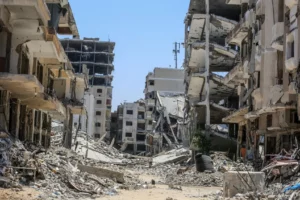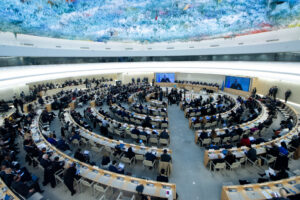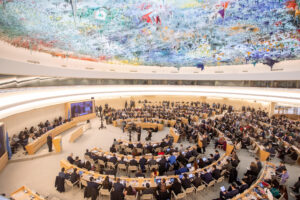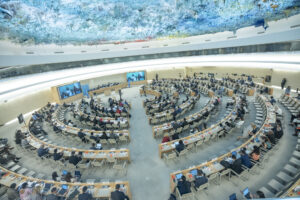III. REPERATIONS FOR WOMEN SUBJECTED TO VIOLENCE
B. Reparations for women subjected to violence in countries coming out of widespread conflict or authoritarian repression
2. Substantive considerations: understanding harm to women
(a) Gender violence and the definition of victims
44. The current explicit inclusion of sexual violence in many reparations programmes is a victory against a tradition that minimizes its importance as collateral, private or nonpolitical damage. Nevertheless, the forms of sexual violence that are included are often limited in range and other forms of victimization with a disparate gender impact are also not included. Often excluded have been forms of reproductive violence (including forced abortions, sterilization or impregnations), domestic enslavement, forced “marital” unions, forced displacement, abduction and forced recruitment.
Gross violations of social, economic and cultural rights have also been excluded, even when they result in the loss of health, life and death of culture, or when such violations are specifically related to systematic forms of discrimination, including based on sex, ethnicity or sexual orientation. Forced domestic labour, often taking the form of forced conscription or forced marriages, has also traditionally been left out. This tendency to include a narrow range of forms of sexual violence in such programmes runs the risk of sexualizing women, if it is not accompanied by a serious effort to encompass a broader notion of harm.
(b) Gender violence and the identification of beneficiaries
47. The definition of “victim” endorsed by the Basic Principles and Guidelines assumes that, although the violation of a right is a precondition for the right to reparation, the relationship between the right and the violation, for purposes of reparation, is mediated by the notion of harm. As a result, the potential rights holders include not only victims, but also others, such as close family members and dependants, who are affected or harmed as a consequence of the violation.
This notion of victim that links rights and harms allows for the reflection that every gross violation generates a “community of harm” which impacts others to be reflected. Bringing the notion of harm to the fore can also allow victims to be prioritized according to the severity of the harm endured. Both expanding beneficiaries and prioritizing victims and beneficiaries according to harm can have important consequences for women.
48. There is a broader question regarding the concept of family that is embraced in reparations programmes. In this regard, polygamous unions, de facto unions, same-sex unions and more extensive culturally contingent support mechanisms, should be adequately represented to reflect the real web of dependencies and the harms entailed by their disruption.
Link to full text of the report: http://www2.ohchr.org/english/bodies/hrcouncil/docs/14session/A.HRC.14.22.pdf




